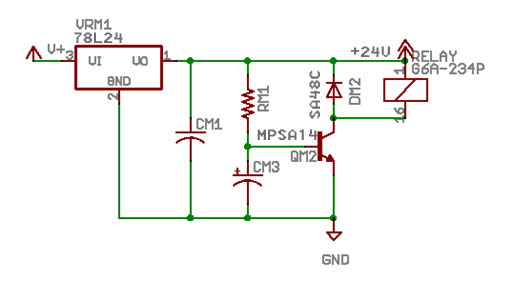holland
Headphoneus Supremus
- Joined
- Jun 15, 2007
- Posts
- 2,210
- Likes
- 22
Quote:
Sure, the e12 would help. If you go with the e12, there would be 2 channels on the board. If you build your own, you would replicate the circuit, it's for 2 channels as it's a DPDT relay.
I've not used the diode method to bypass. I do have a LED with a series resistor to visually indicate when I should insert the headphones. You'll still get a pop. Also, I wouldn't short the output to ground with the diode. I wouldn't bother with this for protection. A visual reminder, sure.
I'm not sure how much the e12 draws, but I would guess no more than 40mA.
First is the headphone delay worth putting in? Lets say I have a friend fire this up while I'm away, I'd rather not lose some nice Sennheisers.
Second, I've been looking at the e12 circuit and the simplified version from the HybridMax at http://www.diyforums.org/MAX/MAXe12.php . If this is put into the system what then is the current load that the power supply needs to be able to output? If this goes into the system, are two of them needed, one for each channel?
Third, how well does the diode method of bypassing the headphones at startup / shutdown work? (Seen here: http://www.head-fi.org/t/319231/millett-starving-student-hybrid-amp/5805#post_7413132) Do the LEDs continue to blink indefinitely?
Sure, the e12 would help. If you go with the e12, there would be 2 channels on the board. If you build your own, you would replicate the circuit, it's for 2 channels as it's a DPDT relay.
I've not used the diode method to bypass. I do have a LED with a series resistor to visually indicate when I should insert the headphones. You'll still get a pop. Also, I wouldn't short the output to ground with the diode. I wouldn't bother with this for protection. A visual reminder, sure.
I'm not sure how much the e12 draws, but I would guess no more than 40mA.
























